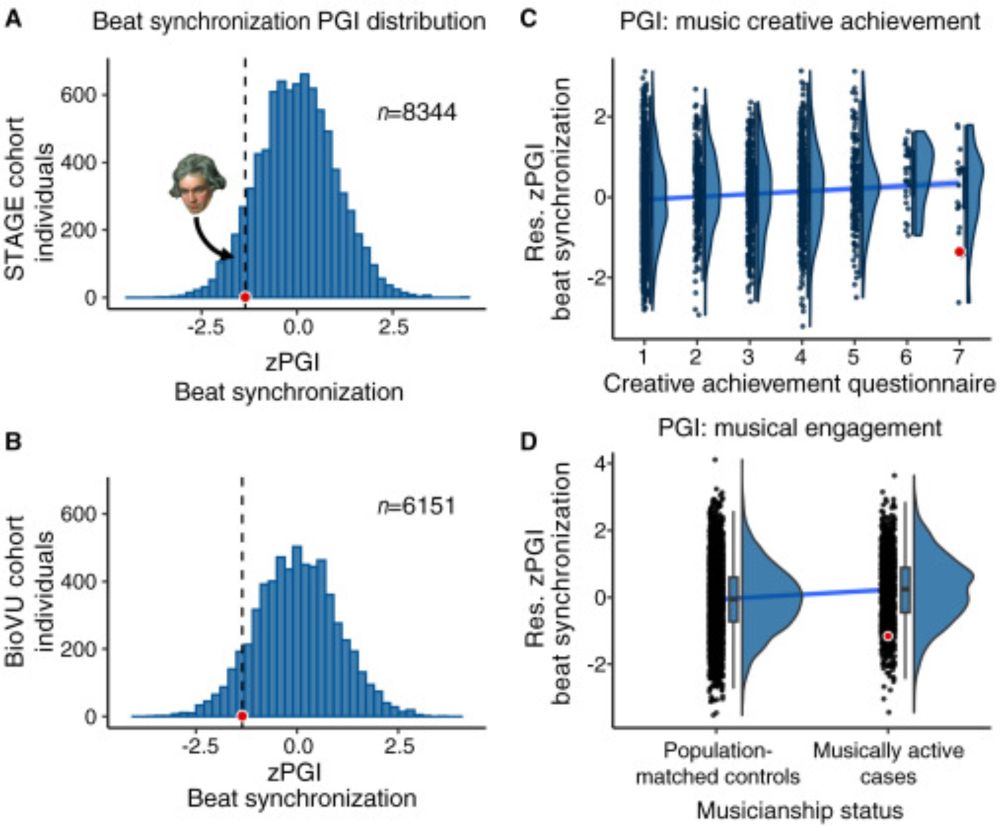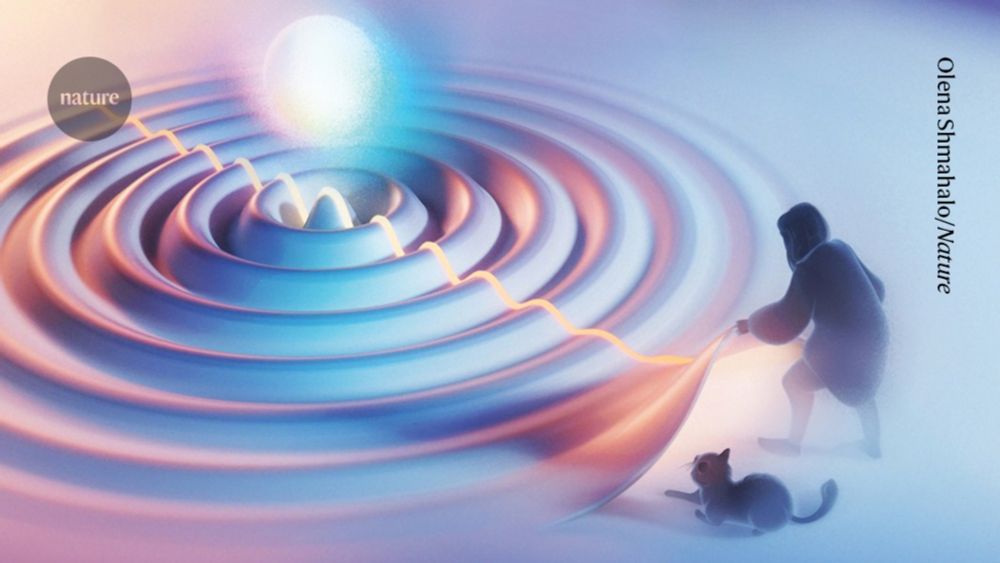
Inner speech, mental/motor imagery, cognitive/statistical modelling, EMG, M/EEG, open and slow science. https://lnalborczyk.github.io

www.biorxiv.org/content/10.1...
1/n

1/n



📖 "Bayesian beta regressions with brms in R: A tutorial for phoneticians"
Accepted manuscript here: doi.org/10.31219/osf...
Repo: github.com/stefanocoret...
Publisher link: www.sciencedirect.com/science/arti...

📖 "Bayesian beta regressions with brms in R: A tutorial for phoneticians"
Accepted manuscript here: doi.org/10.31219/osf...
Repo: github.com/stefanocoret...
Publisher link: www.sciencedirect.com/science/arti...

#neuroscience #neuroskyence
www.nature.com/articles/s41...

#neuroscience #neuroskyence
www.nature.com/articles/s41...
Read the results - and find out what interpretation suits you - at this @nature.com article by @lizziegibney.bsky.social
A run-down of major findings: 🧵
www.nature.com/articles/d41...

Read the results - and find out what interpretation suits you - at this @nature.com article by @lizziegibney.bsky.social
A run-down of major findings: 🧵
www.nature.com/articles/d41...
Bees can discriminate long 🟡🟡 vs short🟡 flashes, a bit like the "dash" and "dot" of the Morse code.
Check our new paper royalsocietypublishing.org/doi/10.1098/... and videoclip youtu.be/hsGxU65OMQk?... @preparedmindslab.bsky.social

Bees can discriminate long 🟡🟡 vs short🟡 flashes, a bit like the "dash" and "dot" of the Morse code.
Check our new paper royalsocietypublishing.org/doi/10.1098/... and videoclip youtu.be/hsGxU65OMQk?... @preparedmindslab.bsky.social


All publicly available. Looks like an amazing new histology-based human probabilistic atlas and parcellation tool.
#neuroskyence #mri #brainmapping
A probabilistic histological atlas of the human brain for MRI segmentation | Nature share.google/5AD0iW7pxgb4...

All publicly available. Looks like an amazing new histology-based human probabilistic atlas and parcellation tool.
#neuroskyence #mri #brainmapping
A probabilistic histological atlas of the human brain for MRI segmentation | Nature share.google/5AD0iW7pxgb4...
The position is funded as part of the Excellence Cluster "The Adaptive Mind" at @jlugiessen.bsky.social.
Please apply here until Nov 25:
www.uni-giessen.de/de/ueber-uns...

The position is funded as part of the Excellence Cluster "The Adaptive Mind" at @jlugiessen.bsky.social.
Please apply here until Nov 25:
www.uni-giessen.de/de/ueber-uns...
Must be the first time I am sad to announce a publication, though I am glad Friedemann still got to see this cool collaborative work published.
A short 🧵 /1
academic.oup.com/cercor/artic...

Must be the first time I am sad to announce a publication, though I am glad Friedemann still got to see this cool collaborative work published.
A short 🧵 /1
academic.oup.com/cercor/artic...
Others, please share
Apply through the ELLIS PhD program (dl October 31) ellis.eu/news/ellis-p...

Others, please share
direct.mit.edu/neco/article...

direct.mit.edu/neco/article...


www.nature.com/articles/s4...

www.nature.com/articles/s4...
Now includes:
- Power analysis summary report
- Reproducible & shareable configs (URL/JSON)
- Calculations validated against R
- Hypothesis region visualization
powerlmmjs.rpsychologist.com

Now includes:
- Power analysis summary report
- Reproducible & shareable configs (URL/JSON)
- Calculations validated against R
- Hypothesis region visualization
powerlmmjs.rpsychologist.com
1/8: How do human neurons encode meaning?
In this work, led by Katharina Karkowski, we recorded hundreds of human MTL neurons to study semantic coding in the human brain:
doi.org/10.1101/2025...

1/8: How do human neurons encode meaning?
In this work, led by Katharina Karkowski, we recorded hundreds of human MTL neurons to study semantic coding in the human brain:
doi.org/10.1101/2025...
#Decoding studies often rely on training in one (visual) condition and applying it to another (e.g. rest-reactivation). However: How well does this work? Show us what makes it work and win up to 1000$!
#Decoding studies often rely on training in one (visual) condition and applying it to another (e.g. rest-reactivation). However: How well does this work? Show us what makes it work and win up to 1000$!
In this online workshop I'll show participants how they can estimate single-trial timing of cognitive events.

In this online workshop I'll show participants how they can estimate single-trial timing of cognitive events.
www.pnas.org/doi/10.1073/...
www.pnas.org/doi/10.1073/...
www.sciencedirect.com/science/arti...

www.sciencedirect.com/science/arti...
Excited to share a new preprint from my lab, with some interesting and surprising results. 🧵 follows
doi.org/10.31234/osf...

Excited to share a new preprint from my lab, with some interesting and surprising results. 🧵 follows
doi.org/10.31234/osf...
go.nature.com/4nVsl9z

go.nature.com/4nVsl9z

